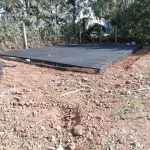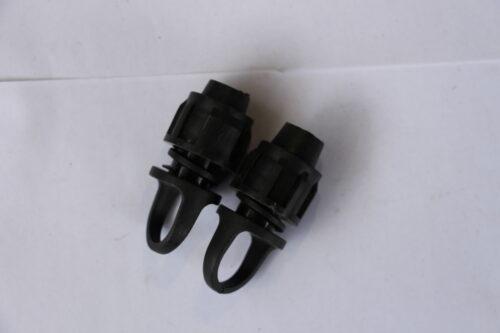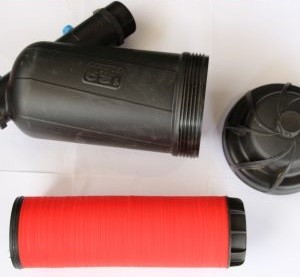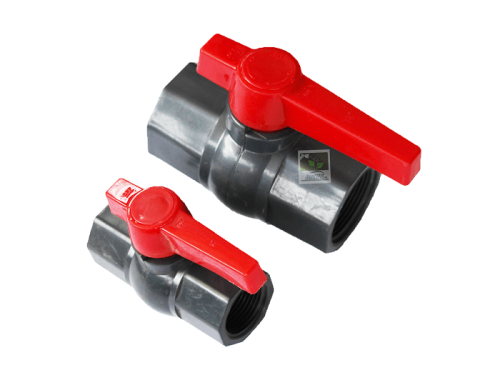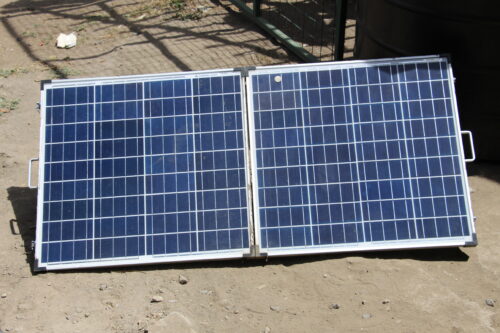Description
Shade Nets For Sale in Kenya|Net House Construction
Shade nets are the upcoming synthetic fibers materials that are nowadays preferred in the construction of net houses, greenhouses and preparing seed nurseries. They are mostly used in a broad variety of crops like blackberries, chives, and tomatoes,onions, garlic, mints, passion fruit and strawberries.
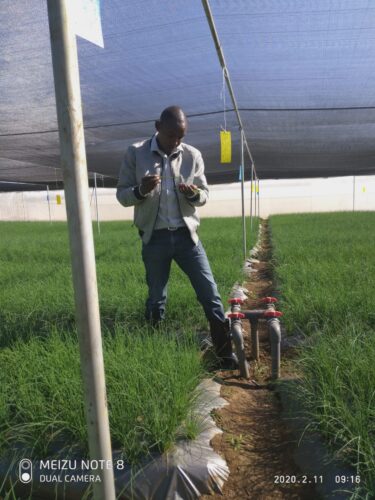
Shade net percentages and their uses
Shade nets vary with light emission intensity. Light emission intensity is the amount of shade which the shade net provides to the crops under it.
The commonly used nets are categorized in terms of percentages. The available percentages commonly used are 35% ,50% ,75% and 90% as explained below ;
-
35% Shade Net – Allows more sunlight, ideal for crops requiring high light intensity such as tomatoes and peppers.
-
50% Shade Net – Balances sunlight and shade, suitable for vegetables, tree nurseries, and flowers.
-
75% Shade Net – Reduces more heat, perfect for delicate crops like herbs, ornamentals, and leafy greens.
-
90% Shade Net – Offers maximum shading, commonly used for livestock pens, storage areas, or highly light-sensitive plants.
By filtering excess radiation while allowing sufficient light for photosynthesis, our shade nets prevent UV damage, minimize sun scorch, and promote healthy, uniform crop growth.
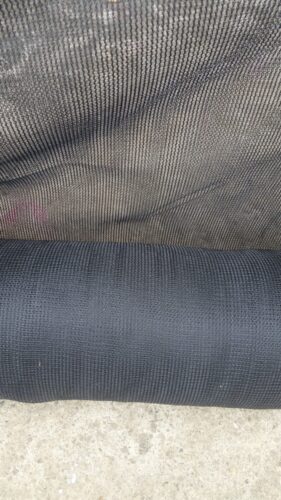
For instance, 90% light emission shows that the net provides 90% shade thus cutting out 10% of the light from reaching the plants.
Nets also come in different colors ranging from white, black and green colors.
Nets provide protection from birds; provide uniform shadow to plants and to control air movement in greenhouses, net houses, and nurseries. The nets are UV treated with resistant additives giving the net its good strength and durability.
Benefits of Shade Nets
-
Temperature Regulation – Shade nets reduce heat stress by lowering internal temperatures, creating a cooler microclimate for crops, livestock, or workers.
-
Water Conservation – By reducing evaporation, they help farmers save on irrigation water, especially in dry regions of Kenya.
-
Wind and Pest Protection – They act as windbreakers, protecting tender crops, while also keeping away large insects and birds.
-
Versatility – Apart from farming, shade nets can be used for construction sites, car sheds, fish ponds, poultry houses, and event spaces.
Cost or prices of shade nets
| shade percentage(%) |
Price per meter square in KES(Price/m2) |
|
| 35% | KES 70 | |
| 50% | KES 80 | |
| 75% | KES 85 | |
| 90% | KES 120 |
Light and heat emission of shade nets (percentages, %,) dictates the price of each shade net
Chives in shade net house. The shade net with higher percentages cost relatively high as compared to shade nets of lower percentages.
The cost of the shade net is not dictated by the color. The colors listed above mostly dictate the type of plant to be grown.
The commonly used cost method in the market is calculated by determining the square unit of the net. Thus the cost is multiplied by the square unit found.
Shade net sizes
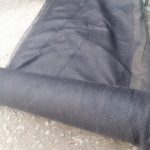
Shade nets are available in sizes depending on widths and lengths. The commonly available widths in the market are three meters (3 m), four meters (4 m) and eight meters (8 m). Lengths available in the market are 50 meters and 100 meters respectively.
Importance of shade nets
- It is easy to wash
- Do not get Decay
- Nets are easy to carry and easy to install
- Easy to relocate
- They are ideal for gardens, plant nurseries, home terrace gardening.
- Minimizes plant wind pressures to avoid damage to plants and enhances photosynthesis to stimulate plant growth.
- Conserves water
- Protects plants from pests and diseases.
uses of shade nets
- used in protecting insect invasion to the farm
- controlling evapo-transpiration in plants
shading of fish ponds
